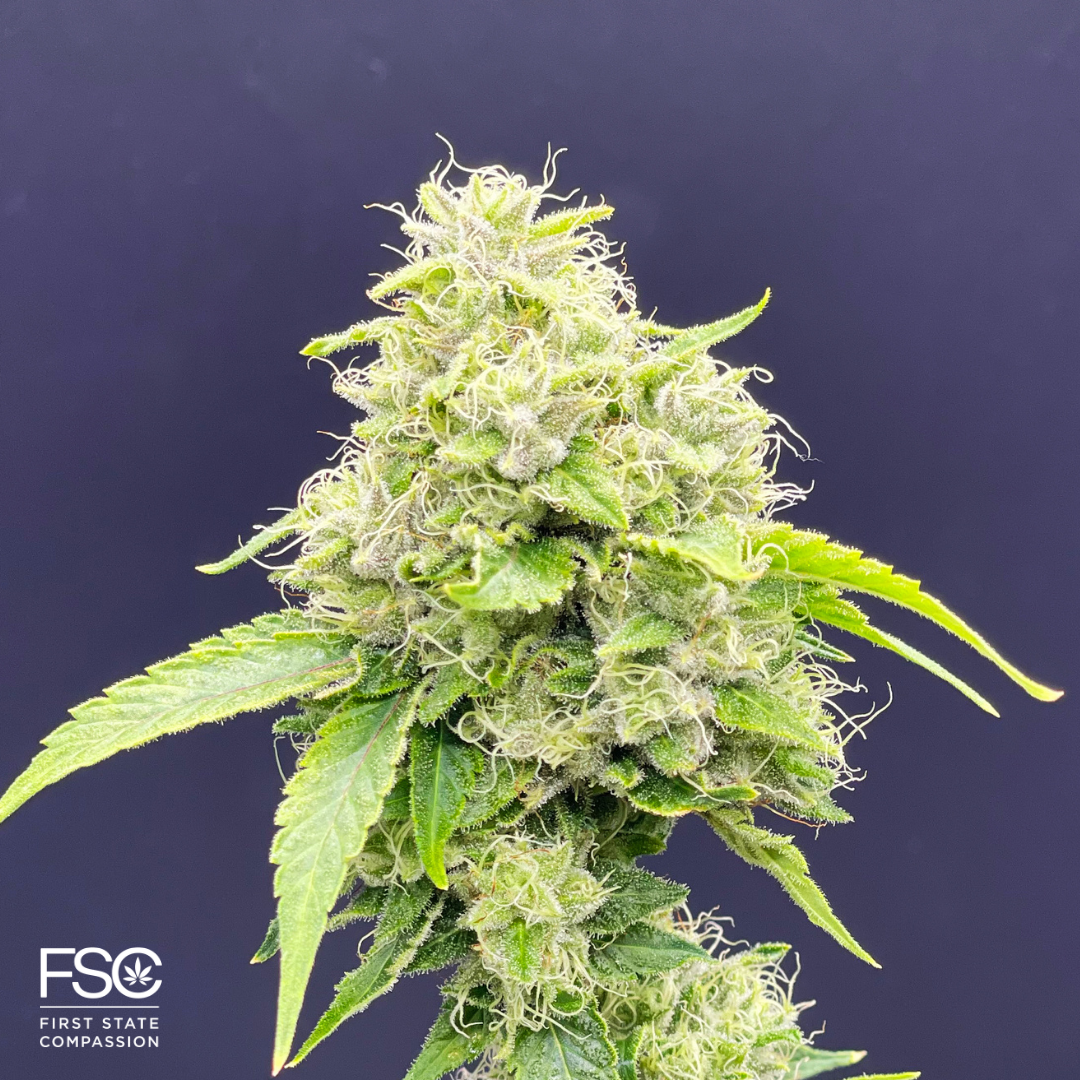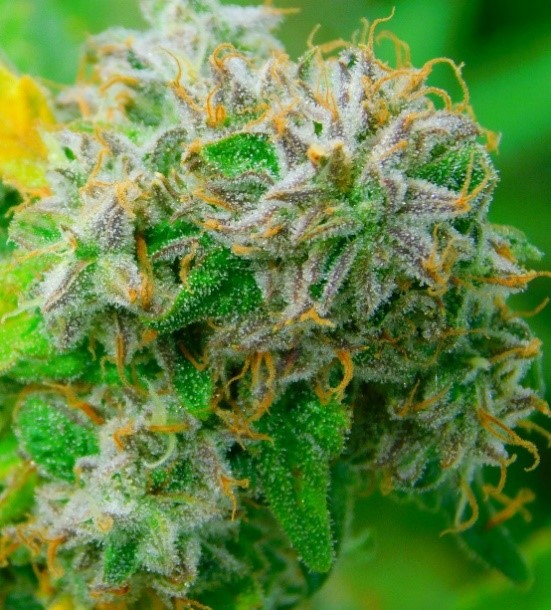So, you’re in pain and discomfort from a qualifying condition and considering medical cannabis as part of your treatment program. This effective therapy has been around for centuries. Over the years, extraordinary advances in scientific research on cannabis have led to the discovery of specific receptors and naturally occurring cannabis-like substances in the brain and body that have shown to bring relief to patients.
Here are the basic elements you should be familiar with as you explore cannabis for treating your condition:
CBD & THC
The cannabis plant’s therapeutic properties come from two natural compounds secreted by the cannabis flower: cannabidiol (CBD) and tetrahydrocannabinol (THC). What makes these compounds special is how they can imitate other compounds our body produces naturally in the endocannabinoid system, a crucial molecular system our body uses to help maintain a steady state of health. By mimicking a healthy endocannabinoid system, these cannabis compounds improve our internal structure and well-being.
While CBD and THC share many of the same medical benefits and can provide relief from several of the same conditions, CBD is known to help treat circumstances like pain, nausea, migraines, depression, anxiety and seizures, with the added side effect of relaxation. THC helps with muscle spasticity, glaucoma, insomnia and low appetite, among others, with a euphoric side effect.
Terpenes
Similar to wine, each cannabis plant can have unique characteristics of taste and smell. Not too long ago, there were only three profiles for marijuana: fruity, earthy and floral. But with the recent crossing of genetic varieties, there are more than 48 distinctive flavors and aromas.
The molecules responsible for this are called terpene synthases genes or terpenes for short. These molecules are similar to the ones found in grapevines that give wine its flavor. It’s the interaction between the terpenes and the CBD and THC compounds that create the various medicinal effects:
- PINENE is an aromatic terpene that smells a lot like a forest of pine trees, with anti-inflammatory properties and acts like a bronchodilator (helps open airways).
- LINALOOL is a floral-scented terpene found in lavender and mint, with pain-killing and anti-inflammatory properties.
Don’t feel overwhelmed. Our Patient Advisors will be there to help you with questions about what will give you the most relief.
Sativa vs. Indica
First State Compassion cultivates our own cannabis strains, organized into two distinct groups: Sativa, which tends to be a more invigorating and uplifting strain, and Indica, more calming and relaxing. There are also hybrids that can be indica-dominant or sativa-dominant. Your Patient Advisor can advise you about which strains work best with your qualifying condition, such as Queen MB, Strawnana Diesel, First State Fuel or Lavender OG, to name a few.
Our mission is to improve the quality of your life by easing your pain and suffering. Whether you’re a new or existing patient, our Patient Advisors are always there to help you navigate the cannabis treatment process. Once you have your Medical Cannabis Card, visit one of our dispensaries and we’ll help you select the medicine that works best for your needs.



